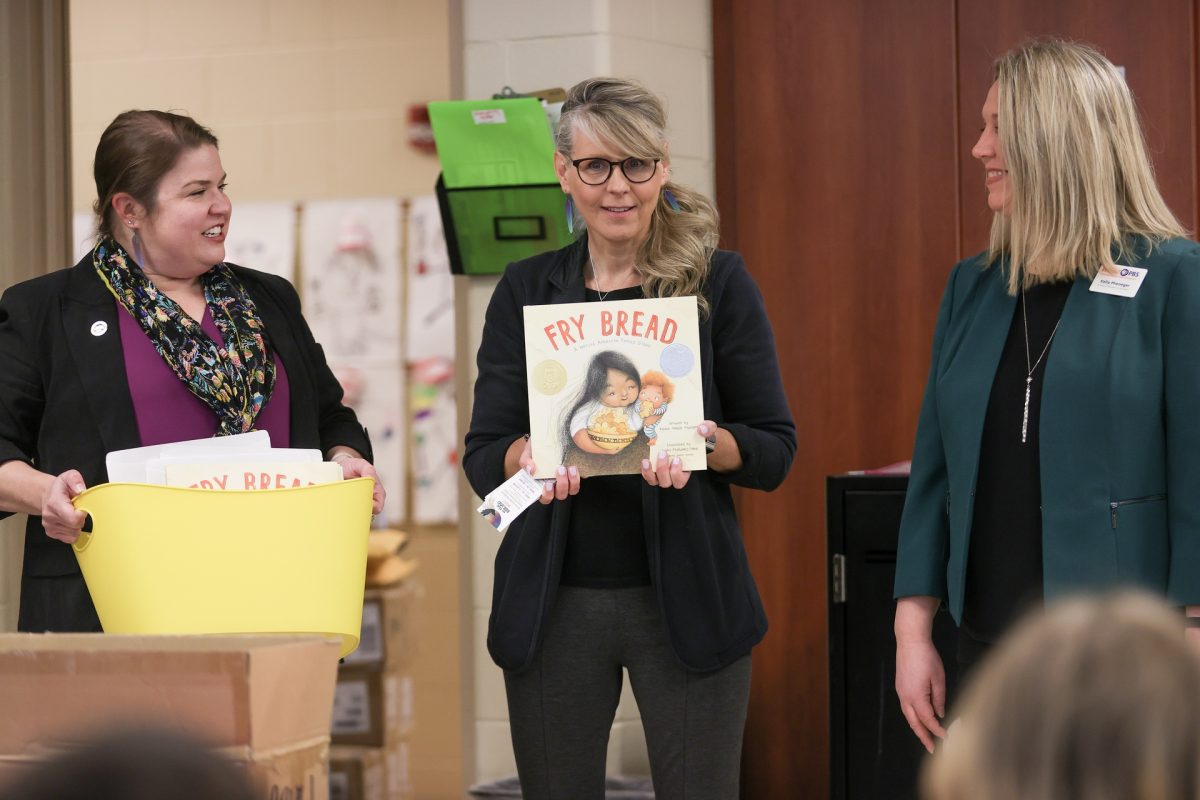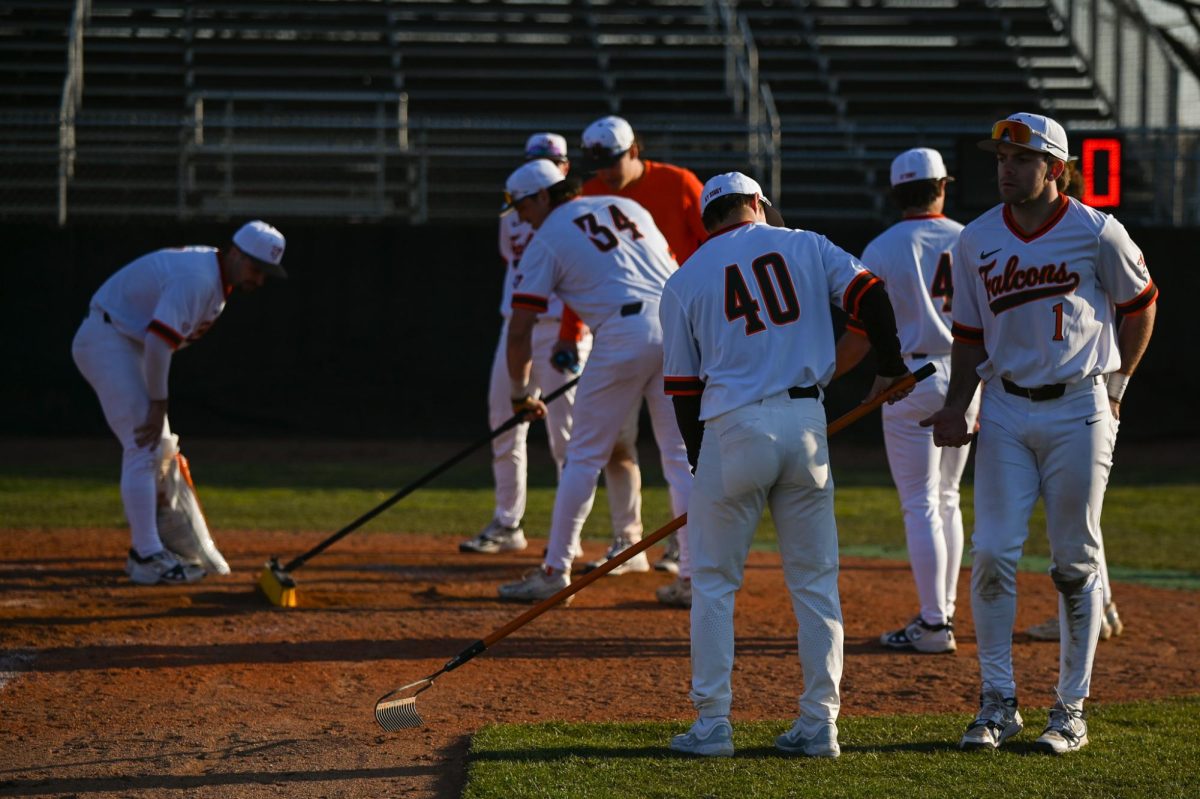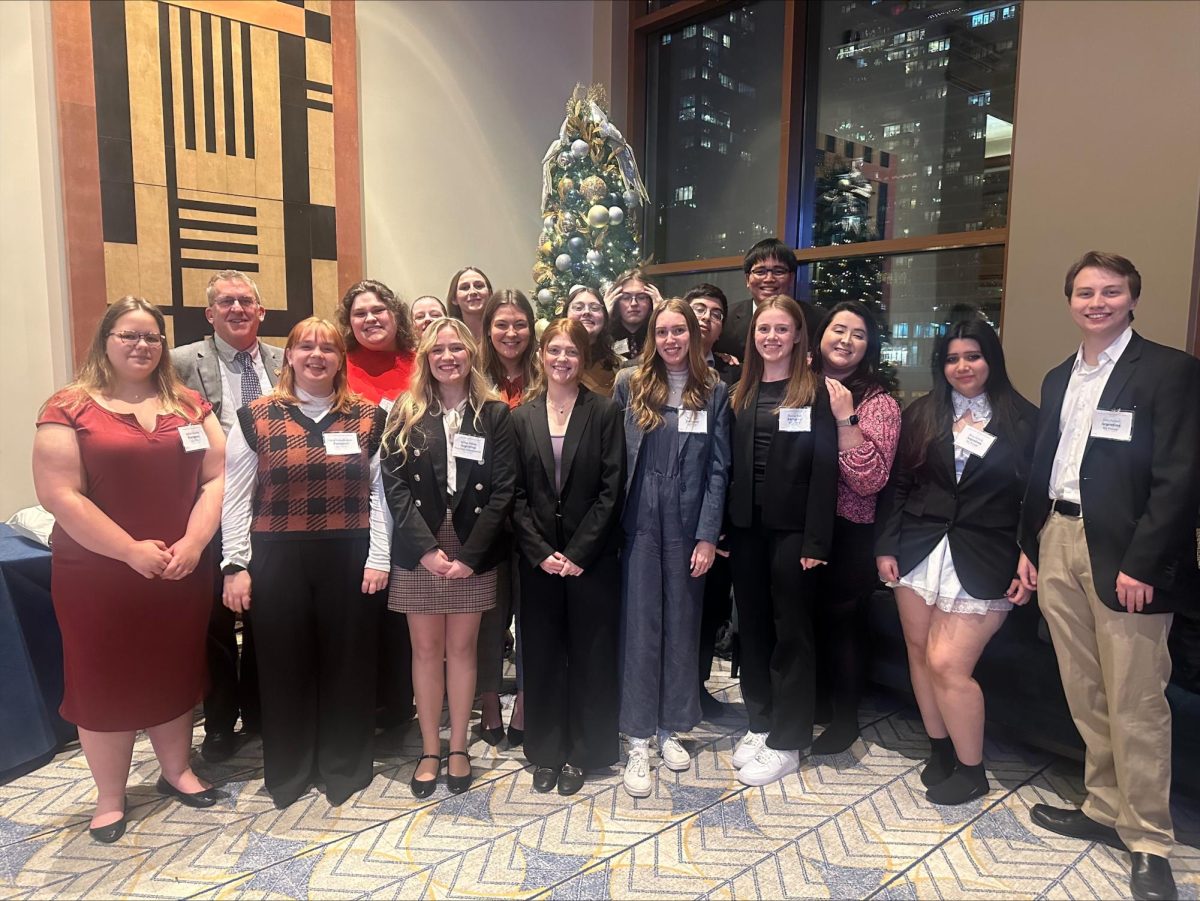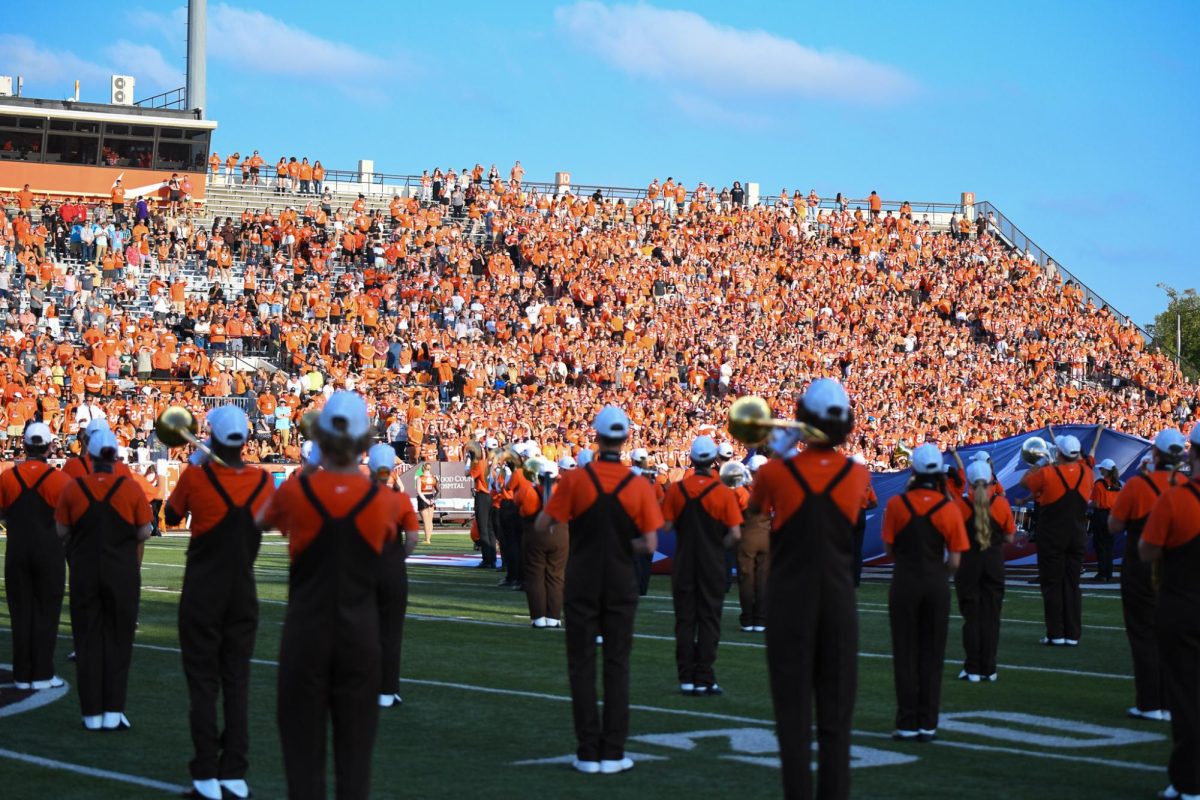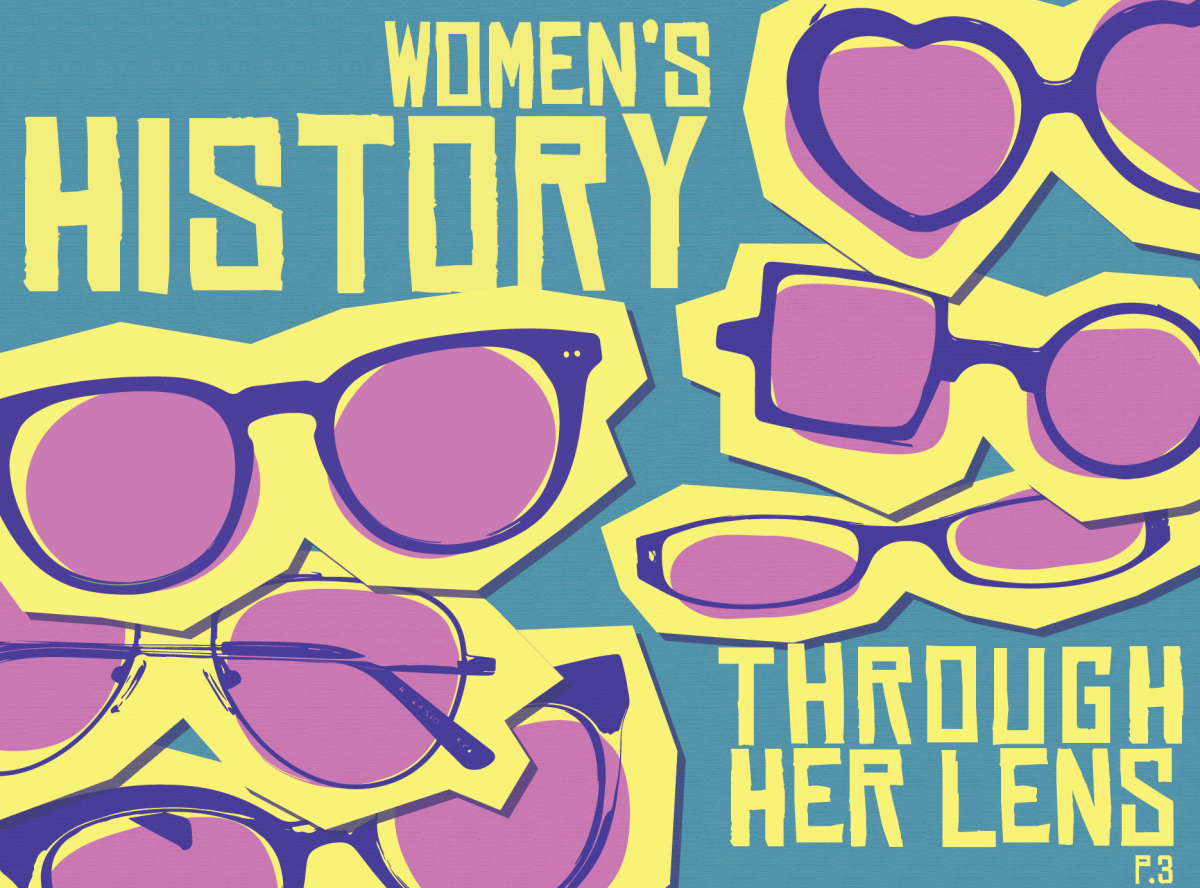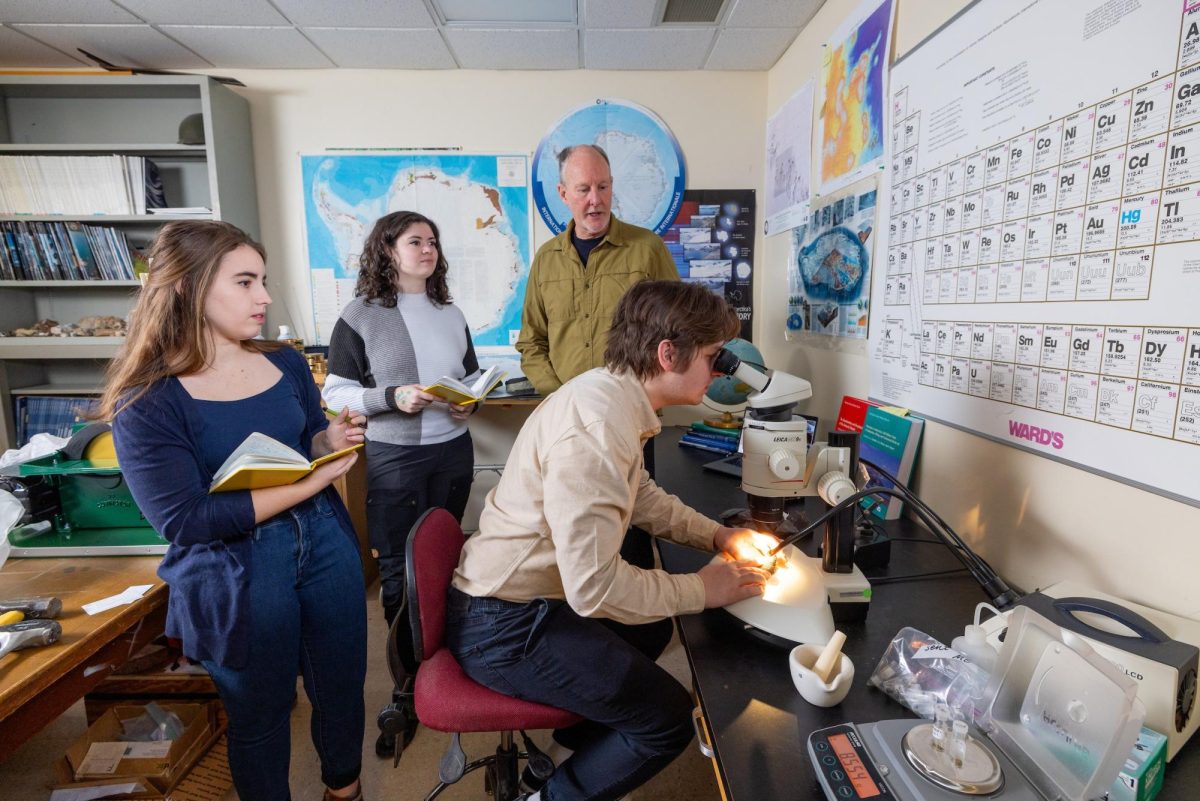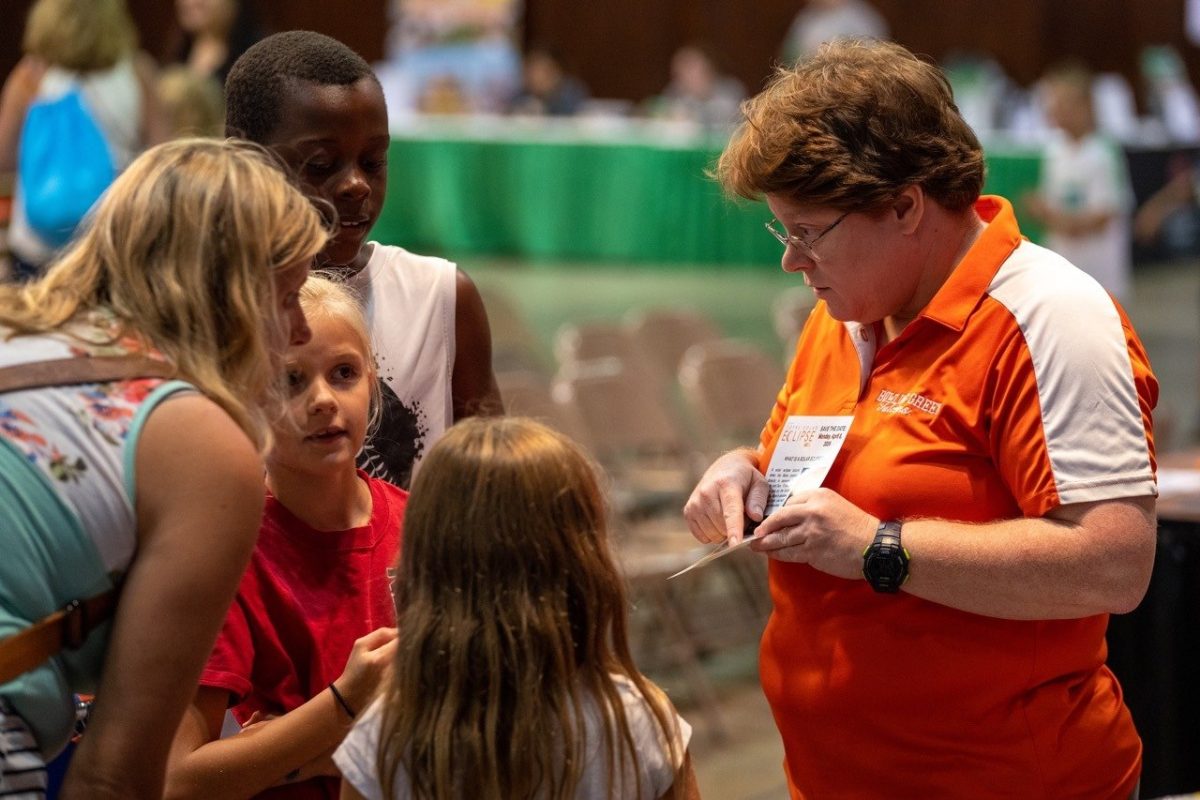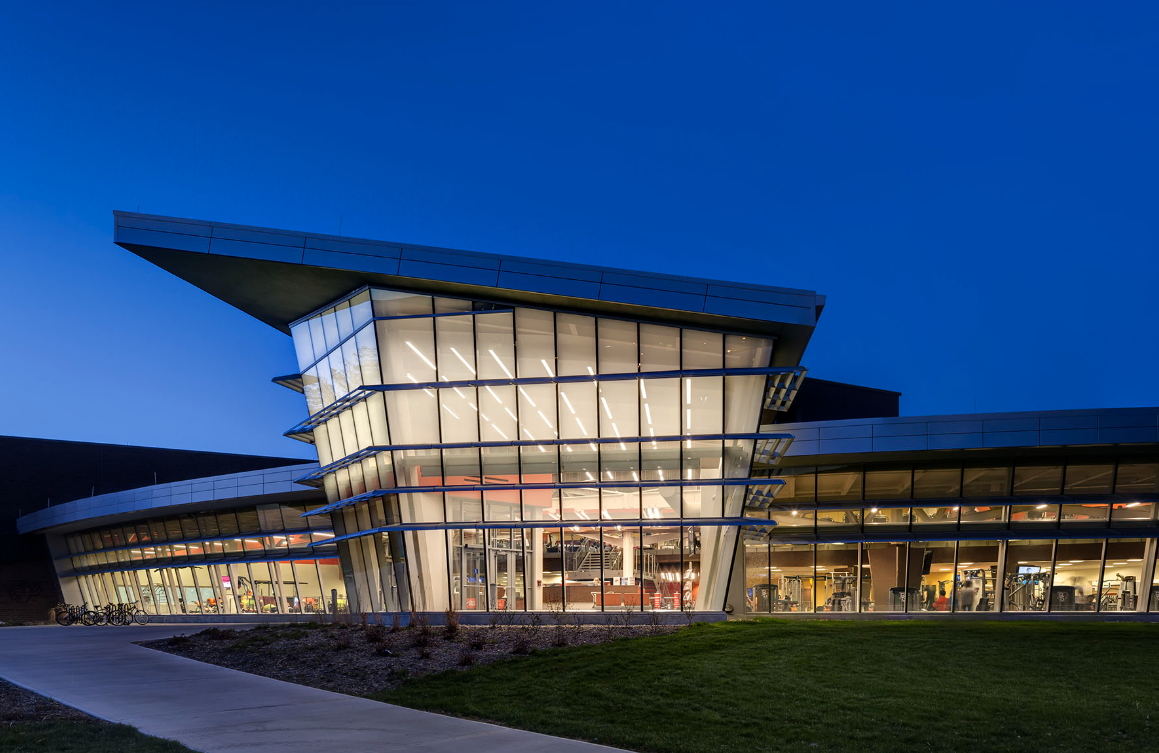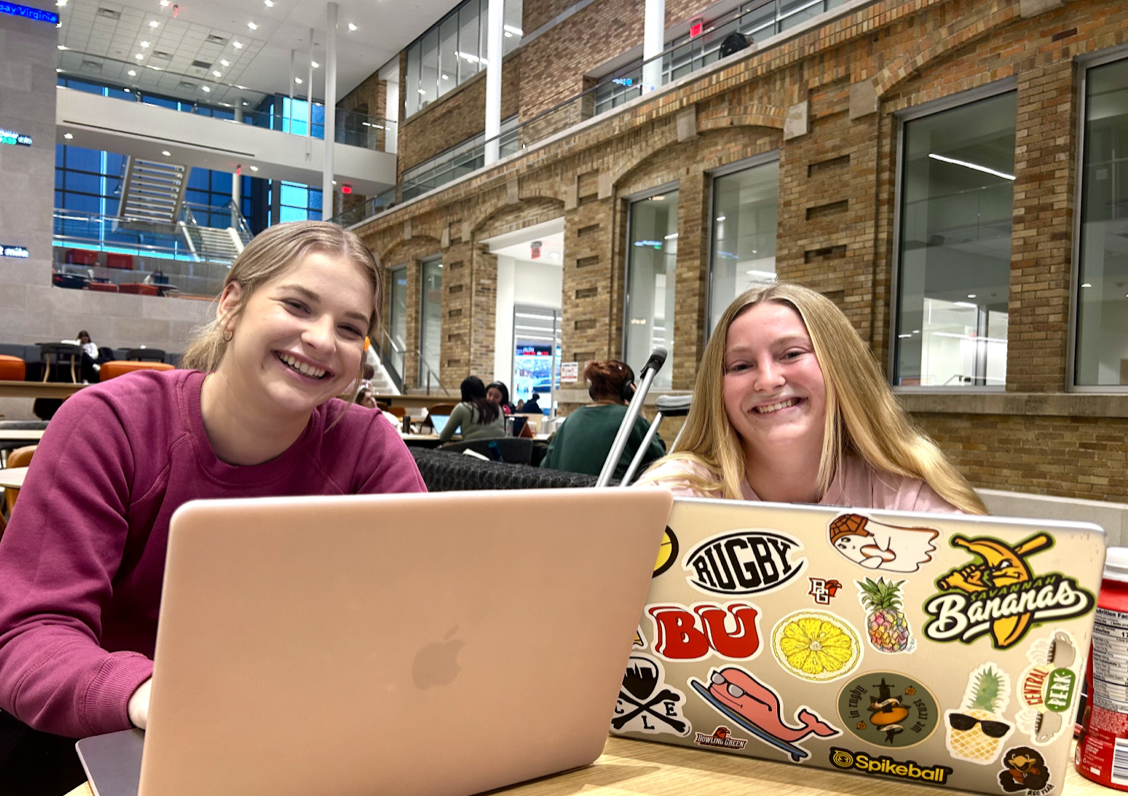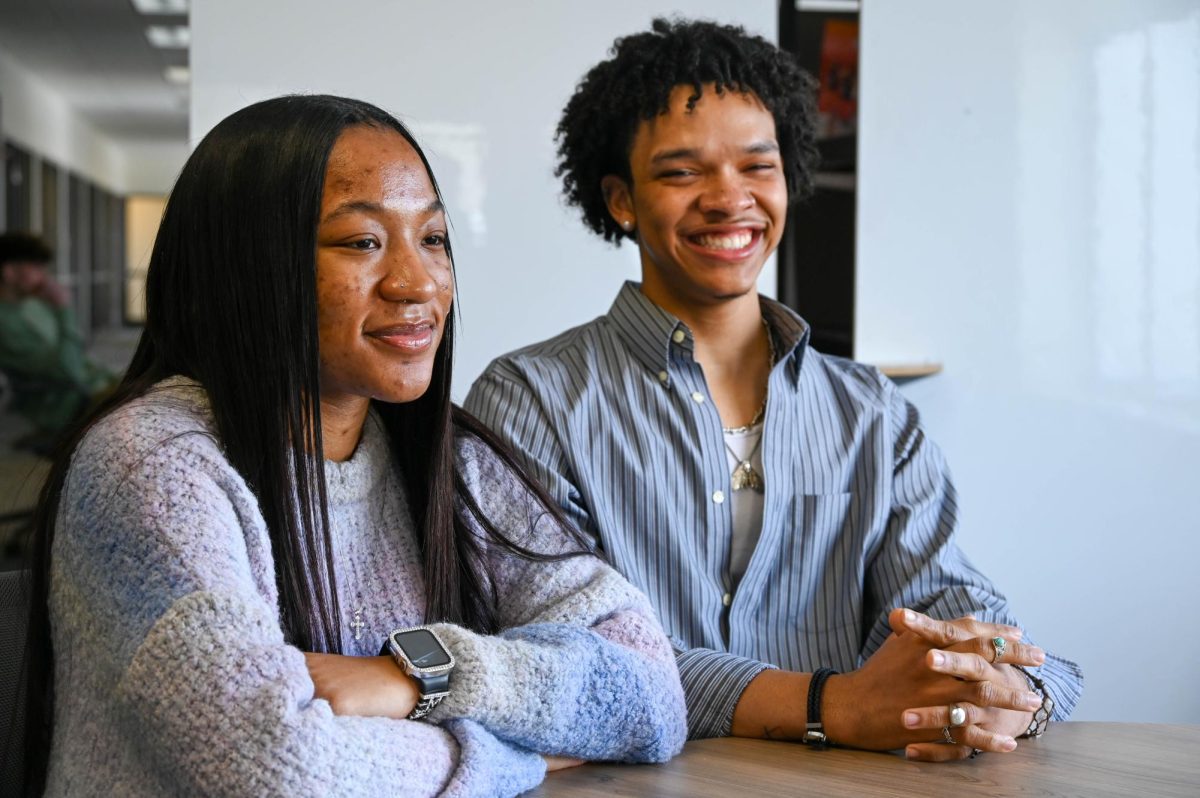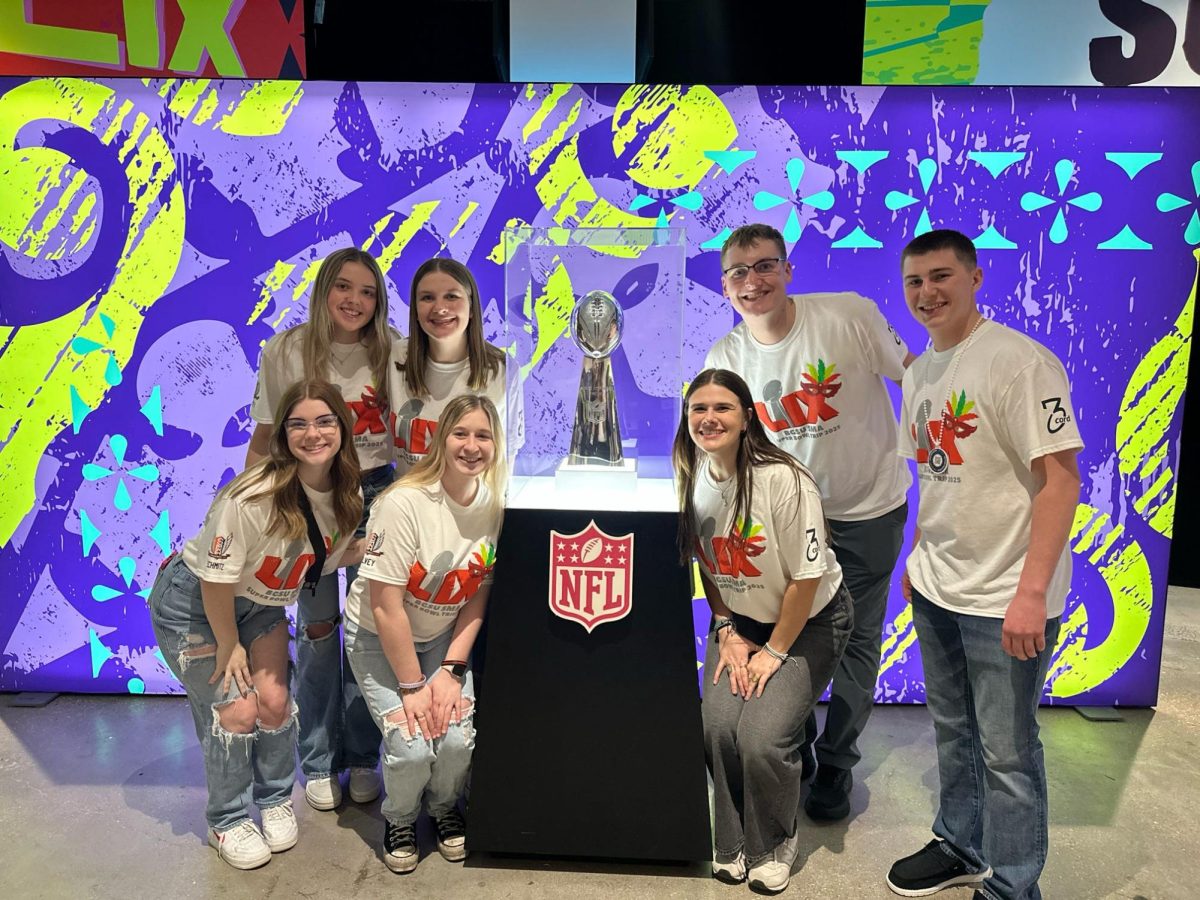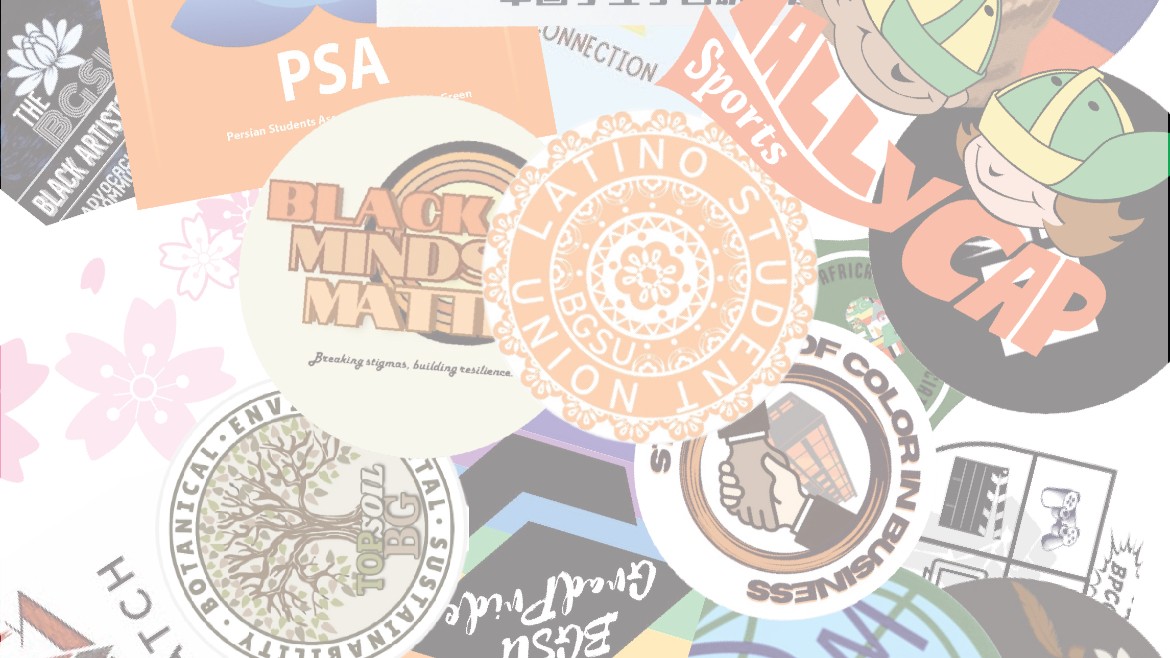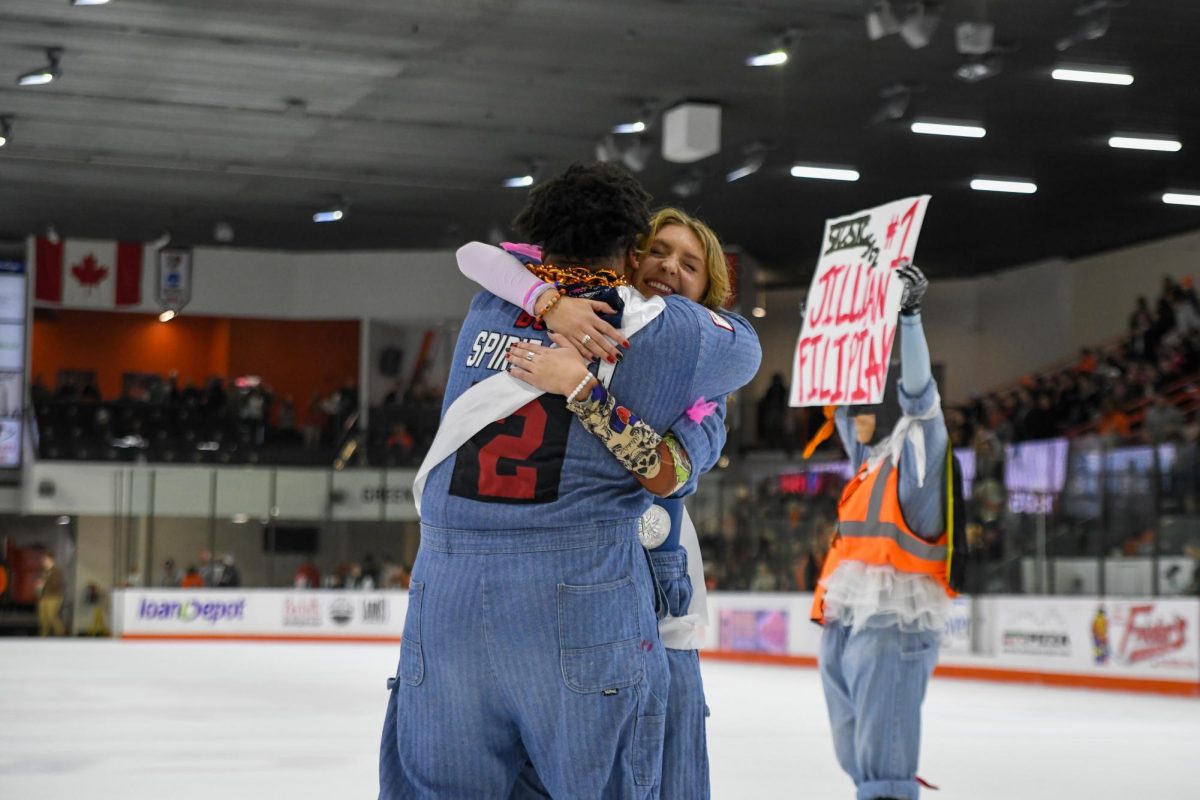Ryan RedCorn kicked off BGSU’s In the Round series with his short film “Dead Bird Hearts” at the Wolfe Center on Sept. 8. The series highlights Native American creatives and their contributions to the arts.
Heidi Nees, an Assistant Professor of theater in the Department of Theater and Film, and Jenn Stucker, Associate Professor and chair of the graphic design program, created In the Round in 2022 to bring awareness to the history of BGSU’s land, which belonged to and still belongs to multiple Indigenous tribal nations.
BGSU’s main campus, Firelands campus and the satellite campuses of Sandusky and Perrysburg are situated in the Great Black Swamp and the Lower Great Lakes regions. These regions are the homeland of the Wyandot, Kickapoo, Miami, Potawatomi, Odawa and multiple other Indigenous tribal nations of the past and present, according to BGSU’s land acknowledgement.
Nees and Stucker consult colleagues to find speakers for In the Round who represent all areas of the arts at BGSU, including film, creative writing and graphic design. Stucker said each speaker is different in their presentation and has presented in the form of Q&A’s and even hip-hop performances.
“They’re all getting stories in different ways from different modalities being presented to them, so I think we would be doing a disservice to present it in one way,” Stucker said. “We want everyone to know the value of the arts and how transformational it is and how much it humanizes us.”
RedCorn, a filmmaker, photographer, screenwriter and graphic designer from Tahlequah, OK, showed his 20-minute film at the first event of the year. The film shares the story of an Indigenous man and his dog following a rough breakup. RedCorn held a lecture following the screening and answered questions from over 300 audience members about the making of the film.
RedCorn, an Osage man, lives on a reservation in Oklahoma the size of Connecticut with a population of 3,500 people. When asked for advice on story ideas, RedCorn spoke of the value of spending time with his family members and “just sitting around, no phones, no TV – just talking and telling stories.”
“When you’re not doing your craft, live a life that’s living. And then you understand humanity, you understand the tapestry of humanity, the spectrum of humanity, and then when you go down to write, you don’t have to make stuff up,” RedCorn said.
RedCorn talked about struggles with money and how he used the money he made from his second season of writing for the FX show “Reservation Dogs” to make his short film.
“There’s not a lot of money for independent films anyway, but there’s even less money for Indigenous films unless you want to tell a story about … Indians being poor or drunk or dying. Then maybe you could get some money,” he said.
When asked for advice on representing Indigenous people accurately, RedCorn warned student filmmakers to “tread lightly” when writing Indigenous people into their films.
“If you’re going to write an Indigenous character, the best thing you can do is make them normal. Don’t have them talking to trees, they don’t need to go to some fake ceremony – just have them be a normal person,” RedCorn said. “Put them in blue jeans and let them wear a baseball cap with their favorite team. That would be the best, most radical thing to do.”
RedCorn also stressed the importance of portraying Indigenous people accurately within their region.
“There are regional ways that Indigenous people talk. Because we’re in America and everybody speaks English, most of these communities have brought their own language words as slang into the English language. If you’re picking a specific region or specific tribe, understand how those people talk – actually visit [the region] and get somebody to read [your script],” RedCorn said.
Like RedCorn, Nees intends for the series to bring awareness to the many Indigenous tribal nations.
“One of the other things that we hope that this does is work against the idea of Native American as monolith- the recognition that there are 574 federally recognized tribes, and each one is distinct in its own sovereignty,” Nees said.
Jordan Garner, a sophomore studying communications who attended the film screening, said he understands the importance of honoring the land BGSU’s campus stands on.
“I think all of us see at the bottom of our syllabus the land acknowledgement, but I think this really puts it into perspective that real people’s lives were affected by this and continue to be affected by this. I think we have to be aware that the land that we walk on every day on campus was originally inhabited by Indigenous people,” Garner said.
Stucker hopes the series will foster creativity for students in all aspects of the arts.
“The hope is that they would question and be curious about all kinds of narratives that are being provided- not just the ones of Native Americans, but all kinds of stories that they would dig deeper and be curious and want to know more,” Stucker said.
The In the Round series featured Talon Silverhorn on Oct. 26 and plans to have Traci Sorell on March 22 for the spring semester.
For more information on upcoming speakers, visit the In the Round website.
###


